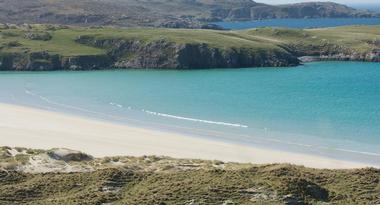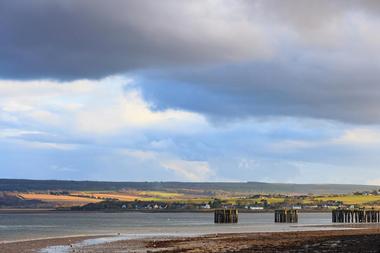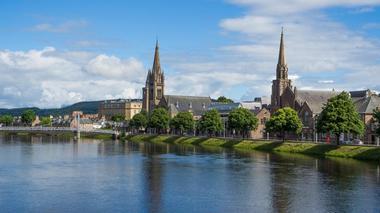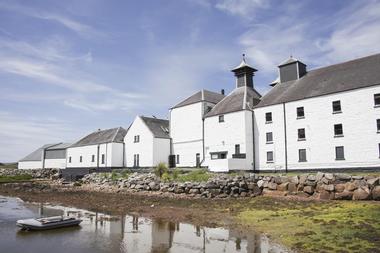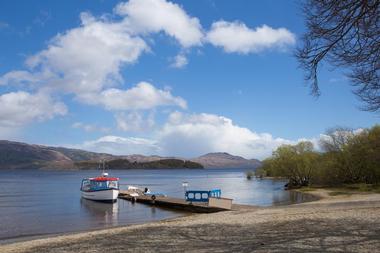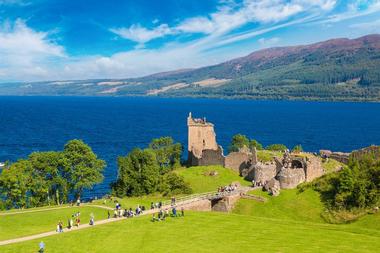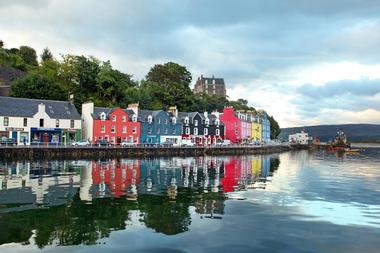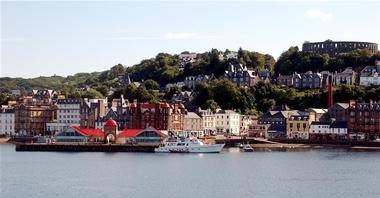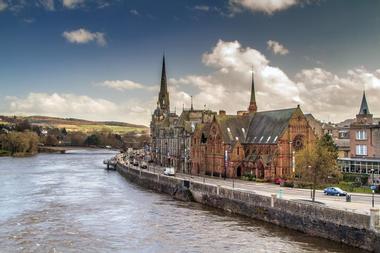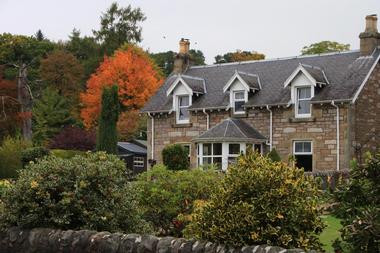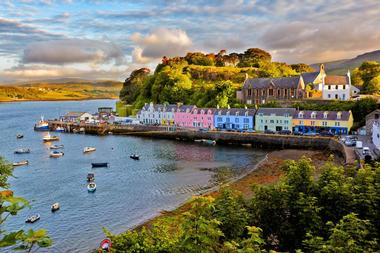- Updated with new information since originally published.
- Please support our journalism through affiliate links. Affiliate Disclosure
- Our editors recommend these diverse local experiences.
What you are reading: Places to Visit in Scotland This Weekend
Best Attractions & Fun Stuff:
You are reading: Places to Visit in Scotland Near Me Today
Keep reading: Places to Visit in Scotland Near My Location
More: Places to Visit in Scotland & How to Book Your Weekend Getaway
Summary and Frequenly Asked Questions:
- Q: What part of Great Britain does Scotland occupy?
- A: Scotland occupies the northern third of Great Britain, offering visitors a rich blend of culture, history, and natural beauty.
- Q: What attracts visitors to Scotland?
- A: Visitors are drawn to Scotland for its rich culture, fascinating history, and the sparkling waters of its many lochs.
- Q: What types of attractions can be found in Scotland?
- A: Scotland boasts an endless array of unique castles, a host of world-class art and science museums, and some of the largest wilderness areas in Western Europe.
- Q: Where can visitors find more information about Scotland?
- A: More information about Scotland can be found on the official tourism website, VisitScotland.
Map:
Plan Your Trip
Get Ready to Go!
- Search flights and stays nearby.
- Book your tour or local activity.
- Book your car rental.
Need some more help?
Go to travel reservations.















